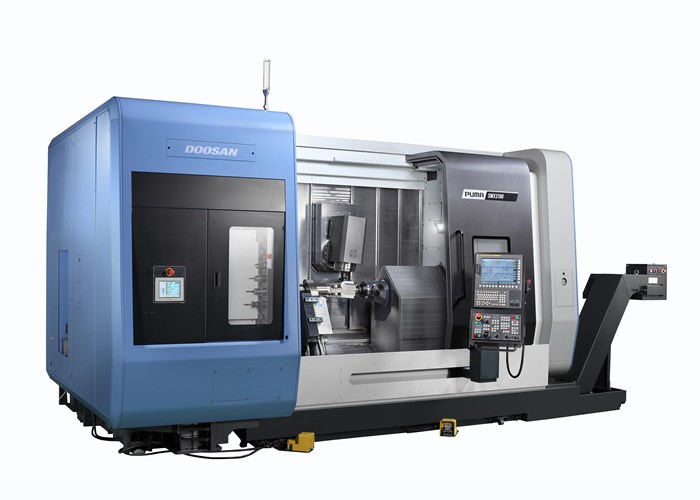-
3-Axis CNC machining is the most widely used means of producing components. It is used in many industrial sectors. 3-axis machining is a relatively simple process of conventional machining. Utilising a CNC milling machine, 3-axis machining works on a part from 3 angles (X Y Z), using a cutting tool to produce the desired component. The 3 axes relate to three dimensions, height, width and depth.
-
5-Axis machining adds 2 other axes to the previously mentioned 3 axes, creating a 5-dimensional working area in which to machine a component. These 2 extra axes add a tilt and rotate capability to the machining process. This means that a component can be machined from 5 sides in 1 setup.
-
Standard 3-Axis machining is a very effective way of producing components, but using 5 dimensions during production instead of 3 allows for greater precision. For short runs or prototyping, this is of great benefit. 5-Axis machines are able to use shorter cutting tools, which reduces tool vibration and helps to produce a better finish.
5-axis machines produce parts with greater precision and accuracy (due to fewer setups) and tend to use less raw material, therefore parts can be manufactured at a lower cost. Programming a 5-axis machine can take a little longer due to the extra axes involved but this is generally recouped by needing less manual handling and setups
Both 3-axis and 5-axis machining have their pros and cons. 5-axis machining offers increased capabilities and improved efficiency, whereas some components simply don’t require the extra 2 axes and 3-axis is perfectly fine.
-
3-Axis CNC Machining
3-Axis CNC machining is the most widely used means of producing components. It is used in many industrial sectors. 3-axis machining is a relatively simple process of conventional machining. Utilising a CNC milling machine, 3-axis machining works on a part from 3 angles (X Y Z), using a cutting tool to produce the desired component. The 3 axes relate to three dimensions, height, width and depth.
-
5-Axis Machining
5-Axis machining adds 2 other axes to the previously mentioned 3 axes, creating a 5-dimensional working area in which to machine a component. These 2 extra axes add a tilt and rotate capability to the machining process. This means that a component can be machined from 5 sides in 1 setup.
-
What is the difference between 5-Axis machining and 3-Axis machining?
Standard 3-Axis machining is a very effective way of producing components, but using 5 dimensions during production instead of 3 allows for greater precision. For short runs or prototyping, this is of great benefit. 5-Axis machines are able to use shorter cutting tools, which reduces tool vibration and helps to produce a better finish.
5-axis machines produce parts with greater precision and accuracy (due to fewer setups) and tend to use less raw material, therefore parts can be manufactured at a lower cost. Programming a 5-axis machine can take a little longer due to the extra axes involved but this is generally recouped by needing less manual handling and setups
Both 3-axis and 5-axis machining have their pros and cons. 5-axis machining offers increased capabilities and improved efficiency, whereas some components simply don’t require the extra 2 axes and 3-axis is perfectly fine.

